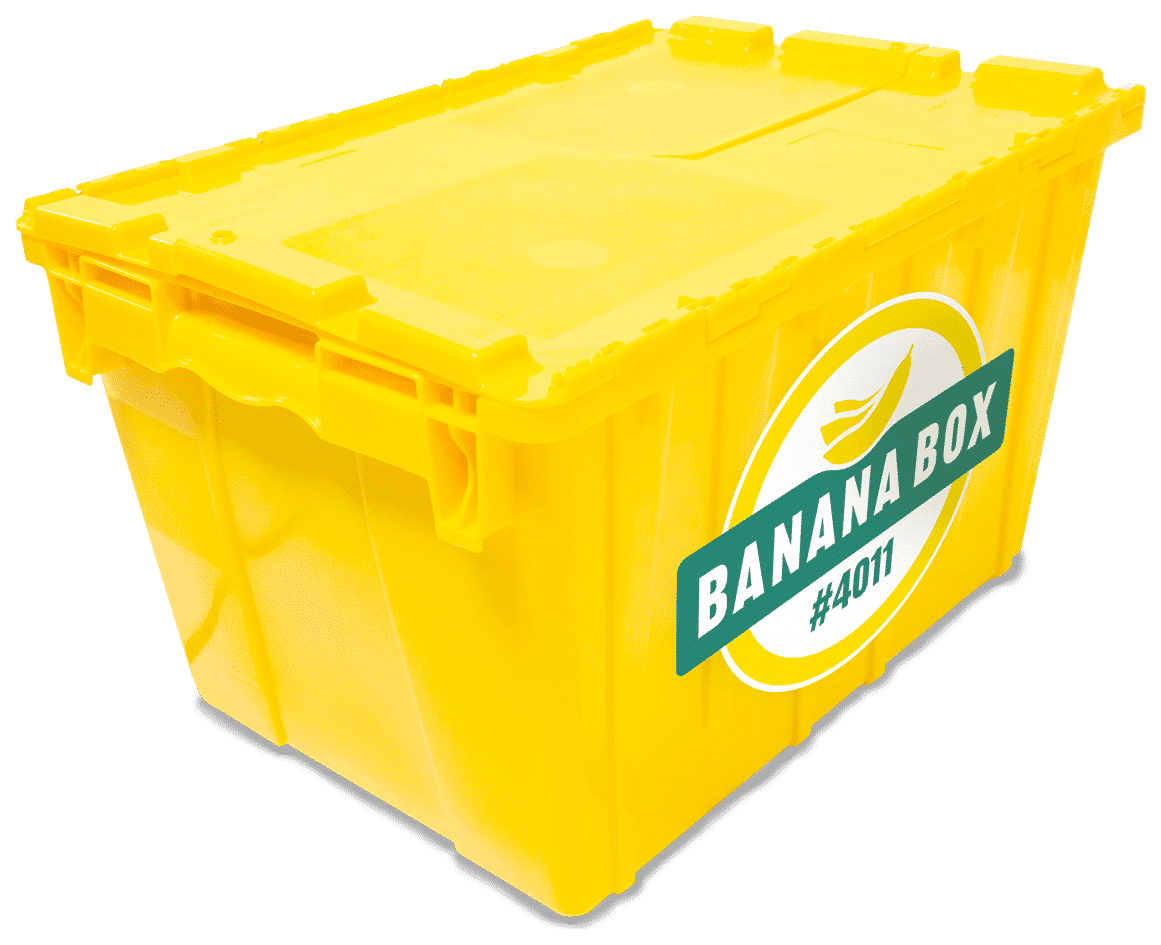
It feels good to do your part by breaking down that cardboard box and setting it out for recycling! You may feel like you’re helping the planet, even in a small way, by reducing waste. To some degree, you might be! However, is it that simple? Let’s look deeper into what’s happening with our cardboard usage.
How much cardboard are we really using?
The average household interacts with and discards about 13 thousand pieces of cardboard per day. Most of this comes in the form of food cartons and boxes. Shipped packages and moving boxes also make up a big part of this number. About 95 percent of packages in the U.S. are shipped in cardboard. Consumers’ comfortability with online shopping and the advent of companies like Amazon have caused a huge increase in cardboard production. Today, about half of all curbside recyclables are cardboard. Fifteen years ago though, it was just fifteen percent. This amounts to a huge increase in waste. Let’s talk about what we mean by waste.
If cardboard is recyclable, can’t it just be made into more cardboard?
Only about a third of America’s trash gets recycled. What’s worse, is even if you’re diligent about your recycling duties, you might be unknowingly doing it wrong. Cardboard that gets wet or has oils or other contaminants on it (pizza boxes, for example) can’t be recycled. Adding insult to injury, when contaminated cardboard is placed in the same bin as clean cardboard, often the entire contents are rendered useless for recycling. About a quarter of the total amount of cardboard that is sent for recycling is discarded for this reason.
If cardboard is biodegradable, is it really that harmful?
About thirty to forty percent of landfills are made up of paper. In some cases, that’s almost half of the total landfill. As paper and cardboard rot, they emit gases that pollute our air supply. That’s just one of several ways landfills cause problems for our planet. They also pollute groundwater and surface water. As laws pass that allow the size of landfills to increase and we continue to produce waste, they continue to grow in size. This is why choosing a material based on its biodegradability may not be the most precise way to reduce waste and help our environment.
Since cardboard is made from a renewable source like trees, isn’t it less wasteful?
We can’t discuss waste with regard to cardboard without talking about the paper industry. Making cardboard requires a huge amount of natural resources. In fact, the paper industry uses a total of four percent of the world’s energy! The process also requires a massive amount of water and fossil fuels. In a 2020 article by Microsoft News, it’s reported that it takes an estimated 8 gallons of water to make one piece of standard sized paper.
Help the Planet with Banana Box
Unlike plastic materials, cardboard has a very short life cycle. Regardless of how conscientious and careful we are not to “waste” it, essentially it can only be used a few times before making its way to a landfill or a recycling facility. The best option for reducing waste seems to be to simply use less. Reduce your footprint with Banana Box. Banana Box commits to making less waste by using plastic, reusable moving boxes. These stackable, easy-to-carry moving boxes will likely be in use for years before they are recycled. Make better, greener choices for moving with Banana Box. Visit bananaboxes.com to request your moving boxes today!
